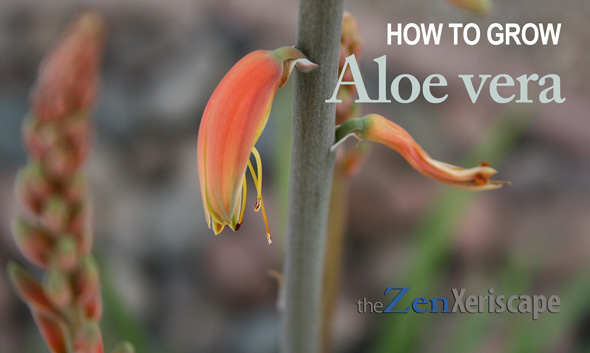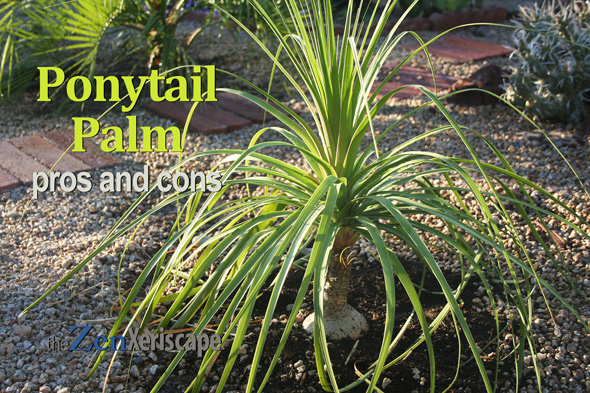This is the story of how I learned about the 3 benefits of earthworm castings, and how I used their organic waste to combat a common landscape pest. Surprisingly, I was amazed that earthworm castings also helped my agaves grow faster, larger, and look more beautiful.
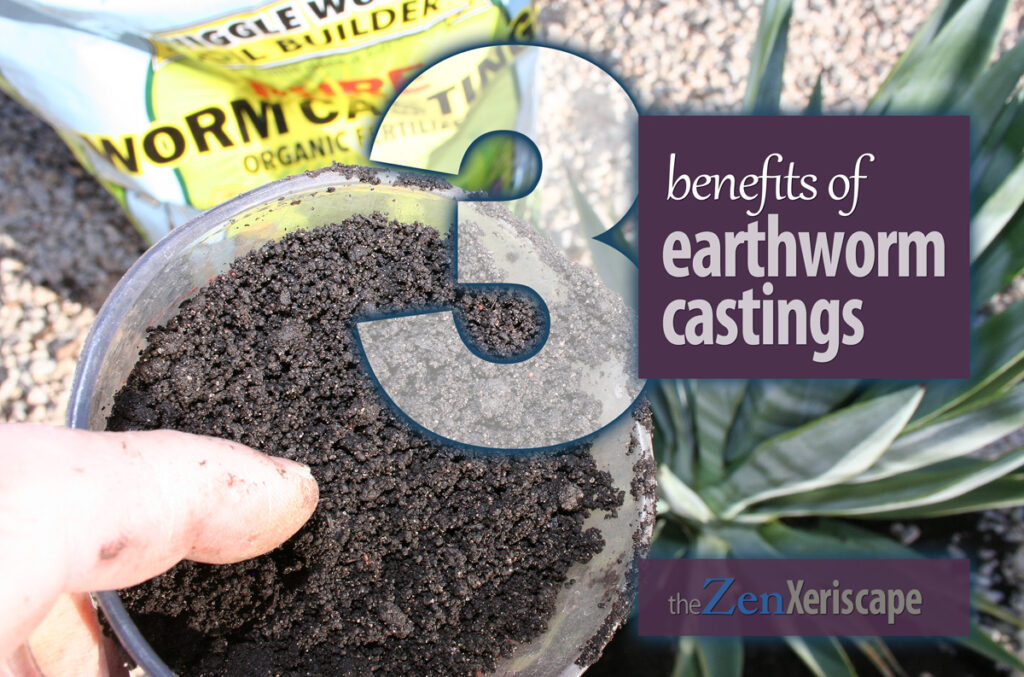
include adding nutrients to the soil,
amending soil for better aeration,
and repelling insect pests.
Photo by Doug Martin
Earthworm castings backstory:
Before we discuss the 3 benefits of earthworm castings, let’s find out what they are!
Invasion of the agave snout weevils
Years ago, one of my favorite landscape plants, the Weber’s agave, was attacked by a horde of agave snout weevils. Silently and unseen, they had eaten holes into my agave’s sweet heart until it shriveled up and died. I was devastated by the loss.
To combat those pests, I reluctantly applied pesticide around the perimeter of my remaining agaves. In addition, I cut way back on water, which was a helpful solution.
In addition, I searched for a more ecologically sound solution. That’s when I learned about earthworm castings.
What are earthworm castings?
We’ve all seen earthworms. When I was a kid, I woke up early in the morning to dig up a large can of earthworms to use as fish bait. Usually, I found that the most abundant source of those slimy creatures was in the rich organic soil that they created with their poop.
Earthworm castings is another name for earthworm excrement, manure, or poop. It turns out that animal manure is valuable to gardeners. For instance, farmers spread animal manure on their fields to encourage fast plant growth and high crop yields.
The value of earthworm manure
Earthworm castings are just as valuable to a gardener as farm animal manure is to a farmer. It turns out that the earthworm castings help plants break down the phosphorus, nitrogen, and potassium from your fertilizers into a form more easily absorbed by the roots and metabolized by the plants.
That’s what makes soil amended with earthworm castings so fertile and so valuable to gardeners.
—Vermicompost
In fact, compost made from earthworm castings is known as vermicompost. It has more micronutrients than the regular aerobic compost that we’ve all used to amend our landscape soil.
Check out the awesome vermicompost bins. (As an Amazon Associate, I earn a commission from qualifying purchases.)
Vermicomposting with earthworm castings
As you might imagine, a bag of earthworm castings can be expensive. My last 30-pound bag of castings cost over $30. That’s expensive, especially compared with regular compost we can buy at the big-box DIY stores. However, I’ve found that the extra cost is well worth it.
—Make your own miniature earthworm castings farm
If you think you’ll use a lot of earthworm castings in your garden and landscape, it might be worth it to set up your own miniature earthworm farm. To produce earthworm castings, you first need earthworms. Then, you need an ecologically sound habitat where they can live, reproduce, and produce excrement.
On top of that, you’ll need food scraps, leftovers, and paper that you’d normally recycle. It turns out that making your own earthworm castings is an environmentally sound way to recycle and put normal household waste to good use.
I’ve never tried making my own castings, but there are many styles of inexpensive worm composting bins available. You can even buy earthworms online at a reasonable cost.
Or, dig up your own earthworms from your own soil. However, here in Arizona where I live, earthworms are a scarce commodity.
If you think you might buy a few 30-pound bags of earthworm castings per year, it might pay to set up your own earthworm castings farm. Then, you can save landfill space while you produce your own vermicompost.
Buy earthworm castings here! (As an Amazon Associate, I earn a commission from qualifying purchases.)
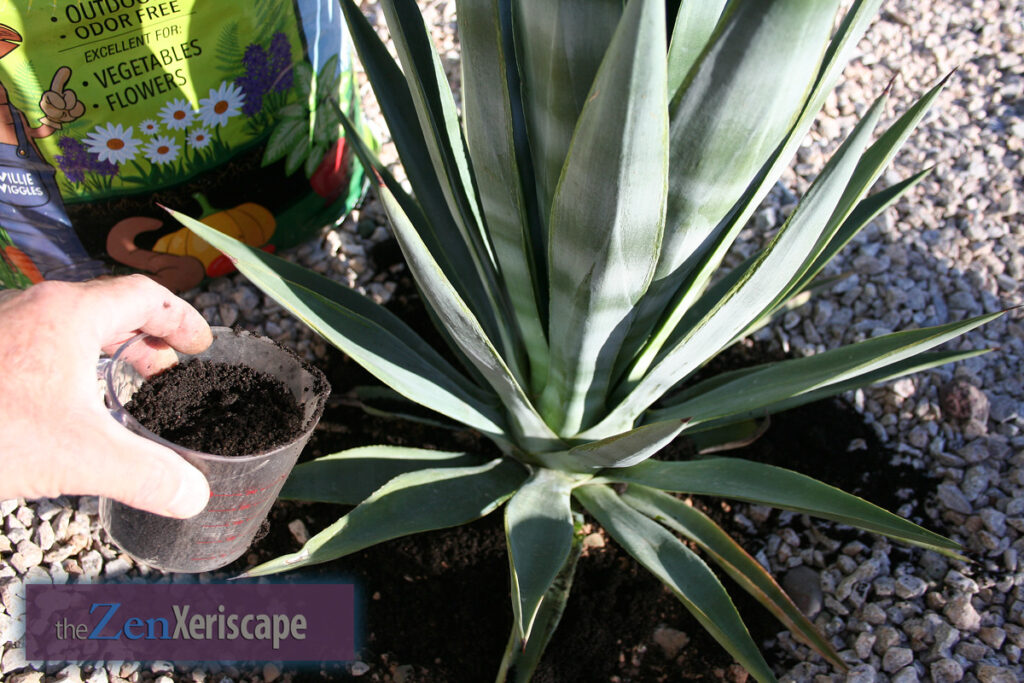
all around the base of the plant.
Photo by Doug Martin
3 benefits of earthworm castings
1. Repels and kills insect pests
Earthworm castings repel insect pests—that’s the primary reason I bought my first bag. It will help control white flies, aphids, spider mites, and weevils.
Earthworm castings contain chitinase
In addition, earthworm castings contain an enzyme called chitinase. Chitinase works by breaking down chitin, which is a key component contained in the exoskeletons of insects.
First, the agave plant absorbs chitinase through its roots. And, if the soil is amended with earthworm castings, this enzyme will be more abundant in the soil.
Then, when an insect like the agave snout weevil tunnels up into the plant, it ingests the chitinase-laden plant flesh.
Once the enzyme is inside the insect’s body, the chitinase enzyme destroys the chitin in its exoskeleton (it dissolves its exoskeleton), turning its body into a mushy mess. Of course, that’s the end of the insect.
In addition to protecting our plants from insects, the chitinase enzyme also acts as a biological fungicide to protect against fungal agents. There are lots of naturally occurring destructive fungi in our soils that can decompose the roots of our landscape and garden plants.
Of late, chitinases have also attained a lot of attention as they are thought to play a key role in mosquito control and plant defense systems against chitin-containing pathogens.”
—Journal of Pharmacy and Bioallied Sciences, [5(1):p 21-29, Jan-March 2013]
2. Aerates and enriches the soil with nutrients
Just like many soil additives, earthworm castings can make your soil less dense. Less compact soil allows oxygen to penetrate and stimulate healthy biological environments. Better aerated soil also allows roots to grow and absorb nutrients.
Here in Arizona, I have a clay-based or caliche type of soil. It’s very compact, which impedes good drainage, and also inhibits good aeration for my plant roots.
—Loaded with natural minerals and nutrients
From my experience, earthworm castings are the best soil additive I’ve ever used. My soil has become lighter, fluffier, drains much better, and makes it easier for my plant to develop healthy roots. In addition, the natural nutrients and minerals from the castings have stimulated faster plant growth.
—Breaks down synthetic fertilizer into a usable form
In addition, earthworm castings help break down the synthetic fertilizers that I’ve added to stimulate growth and fruit production. Because the bacteria converts the fertilizer into a more usable form for the plants, less is wasted in runoff.
Of course, the natural nutrients from the castings do their part to fuel plant growth.
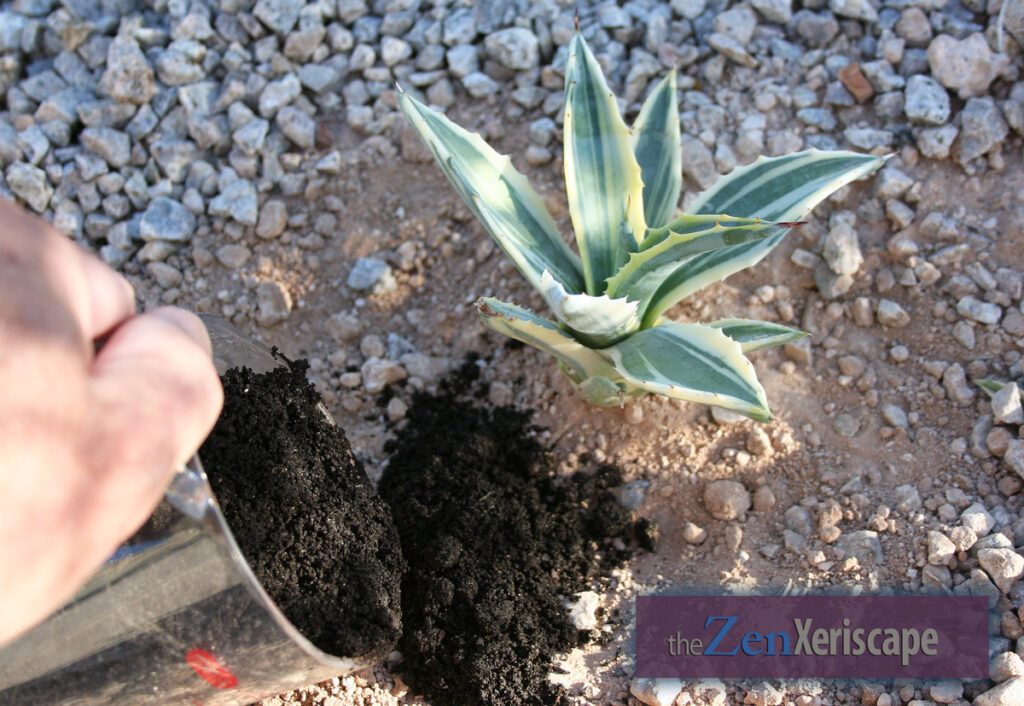
with earthworm castings, add some
all around the base of the plant.
Photo by Doug Martin
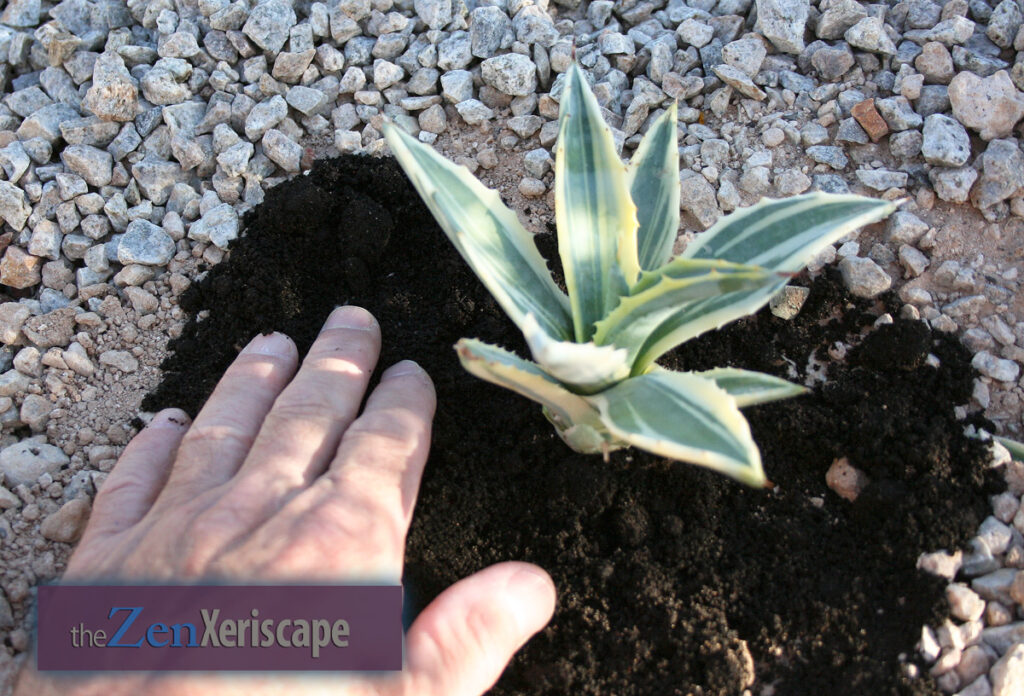
around the perimeter and base of plant,
pat down, and water in.
Photo by Doug Martin
—Faster growth and healthier looking leaves
Since I put my first application of earthworm castings around my prized agaves, I’ve noticed a remarkable change. In only a few weeks, their colors have become richer and more vibrant, and their long leaves have puffed up with pride.
In addition, lots of new growth has emerged from the centers of the plant, and new pups have sprung up all around. I was amazed at their fast growth in such a short period of time.
3. Less offensive, maybe even pleasant, smell
When I lived in Pennsylvania, I used to love how the little patch of trees behind our house smelled after it rained. That’s the same aroma I sensed from each bag of my earthworm castings.
Honestly, I was expecting to be repulsed when I opened the first bag. Naturally, I thought this earthworm manure would smell just like the cow manure farmers spread on their fields. Instead, I was relieved and surprised at the inoffensive and slightly pleasant smell that wafted into my nostrils.
The inoffensive smell is another reason why earthworm castings is one of the best ways to amend landscape or garden soil, especially when you’re adding new plants. Your neighbors will be happy that they don’t smell pungent peat moss, and you’ll be happy, too.
How much should I use?
—Top layer
I’ve had great results using earthworm castings as a top layer. Only an inch or two will be enough. For my agave plants, I’ve applied a top layer covering the perimeter of the plant. So far, I’m amazed at the fast growth I’ve seen in these usually slow-growing desert plants.
Before adding the top layer, I roughed up the soil surface with a rake. That way, the nutrients and chitinase can more easily percolate into the soil.
—Soil amendment
Recently, I planted a small brittlebush in my landscape. Before planting, I amended the soil by using a 20-to-30% mixture of earthworm castings with my regular soil. In fact, I think 30% might be a little too rich of a mixture. Just a small percentage (20%) of these magical earthworm castings go a long way.
Since I’ve planted my small brittlebush, it has quickly grown into a mature, flower-producing plant in my xeriscape. This is just one more example of how effective earthworm castings are as a soil amendment.
—Earthworm castings tea
While earthworm castings tea doesn’t sound very appetizing for your afternoon tea break, your plants will love it. I mixed up a tea mixture in a 5-gallon bucket and gave it to a small Canary Island date palm tree that was growing way too slowly.
Within a few weeks, this tree showed more new growth than it had shown in the previous year-and-a-half of being in my landscape. IEarthworm castings really work!
To prepare this miraculous tea, I added a handful of earthworm castings to a 5-gallon bucket. Then, I filled it with water, stirred it, and let it soak overnight. The next morning, I gave the tea another quick stir, and slowly poured it around my juvenile date palm tree.
The results of my earthworm castings experiment
—Insect repellent results
Since I’ve been adding earthworm castings around the base of my agaves, I haven’t had a single issue with the dreaded agave snout weevil. In addition to the castings, I have also dramatically cut back on extra water that I used to give my agave plants.
Both the earthworm castings and water reduction have helped eliminate my agave snout weevil issue.
—Stimulates growth
I can say with resounding conviction that earthworm castings have stimulated the growth of my agave and other drought-tolerant plants in my landscape. In many cases, I’ve seen more growth in a month-or-two than I’ve seen in several years.
The outstanding growth results make me wish I had started using earthworm castings to amend my soil a long, long time ago.
Browse other popular soil amendments! (As an Amazon Associate, I earn a commission from qualifying purchases.)
TAKEAWAYS
3 benefits of earthworm castings
Earthworm castings have helped me eliminate damage caused by the agave snout weevil. In addition, the nutrients contained in the castings have stimulated fast, abundant growth of my drought-tolerant plants.
Despite the elevated cost, I recommend you try earthworm castings in your xeriscape garden, and see if you get positive results, too!
Thanks for reading about the 3 benefits of earthworm castings. If you already have experience with this soil amendment, share your thoughts in the comments section below!
Photos and content by Doug Martin and The Zen Xeriscape


